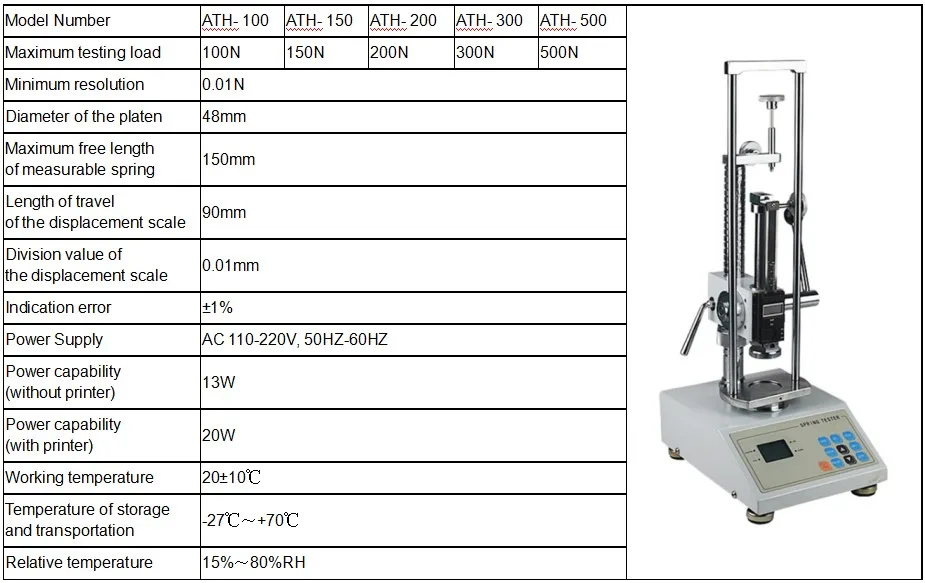

Spring test methods – such as free length and load testing for a compression spring – are generally helpful for analyzing and improving spring-making processes. Fitness, Health, Leisure, and Safety Industry.Typical applications of compression testing feature in these sections: The fundamental parameters in this regard include the elastic limit – which is approximately equal to the yield point/yield strength or proportional limit, Young’s Modulus (often linked to tensile testing), and compressive strength.Ĭompression testing can sometimes be undertaken as one aspect of the design process, in the quality control laboratory, or within the production environment.įor example, it can be used to assess the overall performance of a spring or product, check out the strength of components such as compression springs, PET containers, etc., or characterize the compressive attributes of materials like metal, foam, etc. – reacts when crushed, compressed, or flattened by measuring the fundamental parameters that determine the behavior of the specimen under compressive loads. In this light, compression testing is used in determining how a material or product – like springs, etc. It is the opposite of the application of pulling forces or tension. What You Need to Know About Compression TestingĬompression refers to the application of crushing or pushing forces that act on a material or an object, allowing it to be squashed or squeezed. For instance, helical springs correspond to and perform ideally according to Hooke’s Law.

Hooke’s Law is only applicable for some materials under specific loading conditions. ‘ k’ = this is a constant known as the rate or spring constant, often measured in kg/s 2 or N/m. ‘ F’ = is the restoring force or load exerted on the spring on that specific end, measured in kg m/s 2 or N Where ‘ x‘ = the displacement of the spring’s end from its equilibrium position, i.e., the distance, often measured in meters (SI Units) It relates the force or load exerted on a spring to the distance it is compressed or stretched by ‘k,’ a spring constant, often measured in force per length. The spring equation is perhaps one of the most encountered forms of Hooke’s Law. Hooke’s Law is often employed in spring design. A 17 th-century British physicist named Robert Hooke took it upon himself to determine that the extension of a spring is directly proportional to the load applied to the spring. One of the fundamental principles of a spring is its ability to withstand a force while retaining the capacity to extend or compress and return to its original shape or position. Since springs are used in nearly every industry and product, testing springs for their unique design attributes and performance is now more critical than ever as advances in manufacturing processes and spring technology continue to evolve.ĭetermining a spring’s characteristics as well as validating its overall performance is essential to ensuring that the spring will perform according to its specification over its planned life-cycle for its proposed application. You will find such springs in endoscopic instruments and catheters. Every precision medical device you know or don’t know uses a spring with a diameter not exceeding 0.0036 inches, i.e., approximately equal to the size of a single human hair. Springs are also used extensively in several industrial applications, including aerospace and automotive.

Springs are used in a wide range of applications in day-to-day consumer devices such as computers, cell phones, pens, staples, tire gages, mattresses, electrical contacts, etc. Spring design is a unique science based primarily on material science combined with complex arithmetic calculations. The design, manufacture, as well as use of springs dates back to the Bronze Age. Why is compression spring testing important? Get to know all the details by reading further on.


 0 kommentar(er)
0 kommentar(er)
